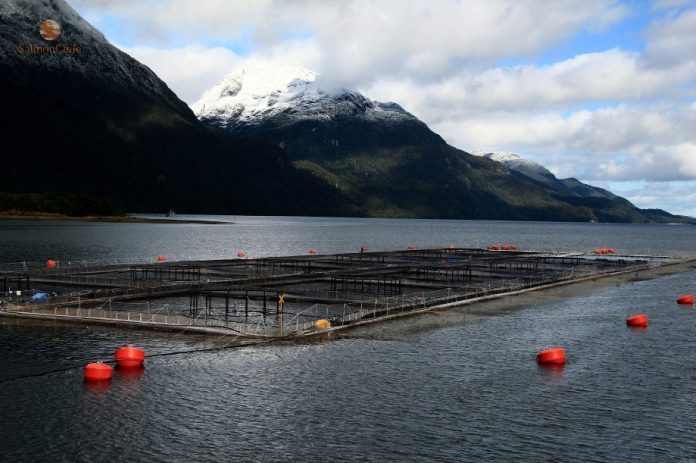The average antibiotics usage of all Chilean farms working together in SalmonChile has decreased substantially, the organization’s sustainability report released yesterday showed.
In 2013 the average use of antibiotics by Chilean companies was 639 grams per 1000 kilograms salmon, in 2014 it had risen to 847 grams, but in 2016 usage was reduced to 452 grams, a decrease of about 30 percent.
According to Felipe Sandoval Precht, president of SalmonChile, this was achieved by a communal effort of the companies involved, in combination with changes in the Chilean health regulations, reports Diaro Financiero.
Milestone
The data were published in the 2016 sustainability report, called Operation 2016, released by SalmonChile only nine months after its first-ever sustainability report, published in January. A milestone for the industry, according to Sandoval Precht.
With the report SalmonChile wants to release reliable and verifiable statistics, Prechts explains.
“With this report we continue to reflect our reality in matters as labour relations and the quality of the employment we generate in the southern part of the country; our relationship and impact on the environment; the sanitary measures we take to produce salmon whose quality and traceability are recognized in more than 75 international markets; and the undeniable social contribution of this activity.”
Huge differences
The differences between companies in the use of antibiotics are substantial. Companies with low use are Salmones Caleta Bay, with 7.38 grams per 1000 kilo and Camanchaca (17.78 grams per 1000 kilo).
At the other side of the spectrum are Salmones Magallanes (804 grams) and Ventisqueros (842 grams).
The complete sustainability report is available on SalmonChile

